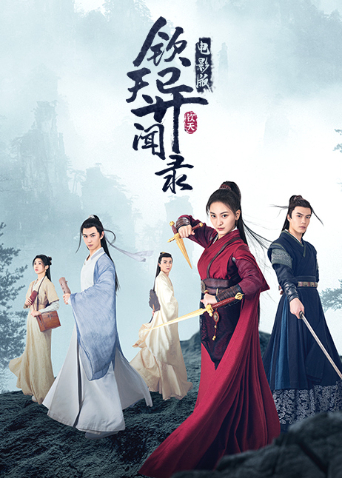 安琪史东
安琪史东
发表于6分钟前回复 :房屋中介王杰,从事地产工作多年,但始终与女友陈佳住在出租屋里。一天王杰失落地独自来到天台,正巧在天台遇到了飞儿乐团。在飞儿乐团的帮助下让原本对自己人生处处不满的王杰,先后体验了明星、总监、总经理的三段“成功”人生,坐拥万贯家财,众人追捧。突然的人生逆转,让王杰也渐渐地发现了人生逆转的代价——生活没了任何隐私,时间也不由自己掌控。不管工作还是生活,“成功”的背后都有让王杰意想不到的苦恼,原本贤惠温柔的陈佳,如今也开始对自己变得冷淡疏远。随着心理防线一点点被击溃,王杰开始反思自己过往的人生,随着王杰的醒悟,也让王杰回归了现实的人生,吃着女友陈佳做的那一碗温馨的打卤面,终于找到了人生真正的价值,他开始用积极乐观的心态面对工作和生活。
 王晨光
王晨光
发表于4分钟前回复 :Holly(茜茜·斯派塞克 Sissy Spacek 饰)的母亲去世后,父亲带着她搬家到南达科塔的一个小镇。在那里,15岁的Holly认识了比她大10岁的混混Kit(马丁·辛 Martin Sheen饰)。两人很快成了恋人。Kit成天无所事事,打着零工,Holly的父亲十分反对他俩的交往。一天,Kit闯入Holly的家,打包好Holly的行李,想带上Holly远走高飞,遭到Holly父亲的制止。Kit开枪打死了Holly父亲。随后,Kit放了一把火烧了Holly家的房子,伪装成三个人都葬身火海的假象。Kit开着车载着Holly去到一个原始森林,两人过着原始人般的生活。但很快,有人发现了他们的踪迹。他杀死这些人之后,又带着Holly到处逃亡.....
 指人儿
指人儿
发表于7分钟前回复 :Sixty Glorious Years is an exercise in the creation of iconography, both for Victoria and its star, Anna Neagle (who subsequently became known as 'Regal Neagle'). Just as Elizabeth I commissioned artists to create flattering iconic images for public consumption, so this film performs a similar function, for Neagle is more beautiful than the real life Victoria. Controversial events (such as the 'Irish problem') are omitted and unpleasant aspects of Victoria's character (her petulance, arrogance, favouritism and 'right to privilege') are glossed over as endearing little 'whims'. Albert acts as a moderating influence when she goes too far.The film followed a year after the highly successful Victoria the Great (d. Herbert Wilcox, 1937). Again the screenplay is by Miles Malleson and Robert Vansittart, and many of the supporting cast (the cream of acting talent of period) repeat their roles, this time for the colour cameras. This was the first full length Technicolor film of cinematographer Freddie Young, who captures the spectacle of royal weddings, grand balls and opulent interiors, with scenes actually filmed at royal palaces. Vivid battle scenes, set in Alexander Korda's empire territory (Sevastopol and the Sudan), rival those in The Four Feathers (d. Zoltan Korda 1939).The title music sets the tone: a regal choir sings over a shot of the crown. Elgar's 1901 'Pomp and Circumstance' march is heard during the diamond jubilee celebrations and, as Victoria's coffin lies in state, the film concludes with Anthony Collins' stately music accompanied by the text of Rudyard Kipling's 'Lest we forget'. Combined with the emotional appeal of scenes of Victoria connecting with her 'ordinary folk', this is stirring stuff.The film connects with contemporary events of 1938. The release of two celebratory royal films was intended to boost public affection for the monarchy in the wake of Edward VIII's abdication. Anglo-German relations were another touchy subject. With another war on the horizon, influential voices wanted appeasement, and the film could be seen to fit that agenda. Victoria herself was of mainly German descent, nicknamed 'the grandmother of Europe', while Albert is a 'good German', charmingly played by Anton Walbrook as a cultured, decent man.Sixty Glorious Years now seems unduly formal and reverential. Had movies existed during Victoria's reign (they only emerged at the end) this might have been the kind of film produced. Unlike Mrs Brown (d. John Madden, 1997), it is all so very 'Victorian'.Roger Philip Mellor

